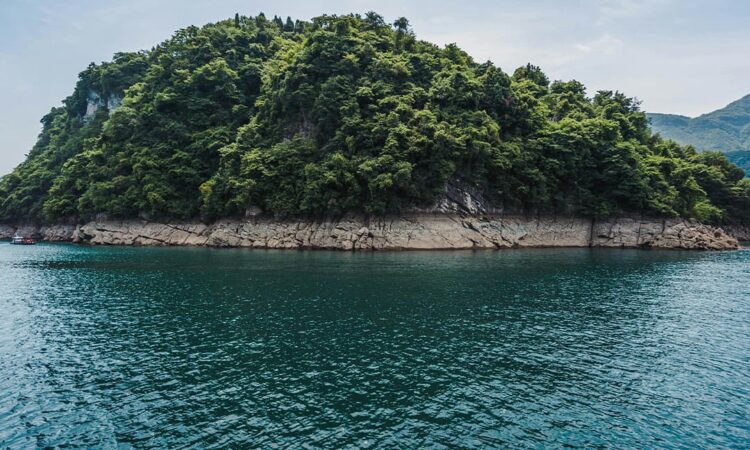The European discoverer of the island was the British explorer James Cook, who discovered it in 1769. However, long before the first European settlers arrived on Great Barriere, the island was inhabited by the indigenous people of New Zealand, the Maori. Various historical sites are still preserved on the island: pa (earthen fortifications), underground stock barns, and stone working sites. The first Europeans began to settle on the island in the first half of the XIX century, and this process was carried out far from peaceful way. In 1838, the settlement of Traifena was the scene of a terrible massacre between local Maori tribes and strangers from the Coromandel Peninsula.
Early European interest in Great Barriere was largely driven by the discovery of copper deposits in the far north of the island, where the first New Zealand mines were established in 1842, at Cape Miner. In the 1890s, gold and silver deposits were discovered in the Okupu/Fangaparapara areas.
In addition to mining, the logging industry also flourished on the island until the mid-twentieth century. The forests of the valuable kauri tree, located in the central areas of Great Barriere, were primarily cut down. Today, most of the island is now covered with regenerated plantations dominated by kanuka and kauri.
The first message was delivered on January 29, 1896, by a pigeon named Arie’. Each pigeon carried up to five messages. The delivery record was set by a pigeon called Velocity, which covered the distance between Great Barriere Island and Auckland in 50 minutes at an average speed of 125 km/h, only 40% slower than a modern airplane.
From 1898 to 1908, bluegram postage stamps were issued, which can be regarded as the world’s first airmail stamps. The first special postage stamp for pigeon mail on the Auckland-Great Barriere line was issued in an edition of 1,800. In 1899 for communication in the same direction appeared triangular stamps of two denominations: blue – 6 pence and red – 1 shilling, and for communication with the Marotiri Archipelago company of the same name syndicate was issued its own postage stamp.
After the laying of the communication cable in 1908 the pigeon post was closed.
Great Barriere was also home to New Zealand’s last whaling station, which did not become operational until 1956. It operated, however, only until 1962.
